Toyota Supra Vs BMW Z4 Comparison: One Platform, Two Very Different Sports Cars

I am very lucky to be one of the few automotive journalists in the world who has driven both the BMW Z4 and Toyota Supra, and I wanted to bring up all the ways the two sports cars felt very different, despite being built on the same platform.
In full disclosure, we didn’t drive the two cars back-to-back, and the Supra we drove was a prototype, while the Z4 driven was a four-cylinder model. Still, many enthusiasts are concerned that since the Z4 and Supra are built in the same place and feature many of the same components, they aren’t going to have a distinct personality. That’s definitely not the case.
Get a Quote on a New Toyota GR Supra or BMW Z4Design
OK, the obvious difference here is that the Z4 is a convertible roadster and the Supra is a coupe. Naturally, the BMW vehicle follows a design language that’s more like the rest of the German automaker’s lineup, and based purely on looks, the Supra doesn’t at all look related to the Z4. In fact, the Surpa doesn’t look like any current or past Toyota, either.
But interior-wise, the cars have very marked differences, specifically with the information cluster. The BMW Z4 has a digital dashboard, with a lot of information to offer. The left and ride side of the screen feature a tachometer and speedometer and there’s even some navigation information offered as well. The Supra, on the other hand, features a centrally located tachometer, showing its focus to the driving enthusiast.
See Also: 2020 Toyota Supra Prototype First Drive
You’ll note other differences in the interior, for example, the infotainment system in the Supra seems to be smaller than the BMW’s (Toyota offers a 6.5-inch and 8.8-inch screen while the Z4 features a 10.25-inch screen), and the HVAC settings in the Z4 are placed higher up on the dash in comparison to the Toyota. Even the steering wheel designs are very different. While the two cars seem to share a lot and are made in the same factory, the interior design language is totally different between the two.
The materials are also a huge difference. The Supra comes with Alcantara seats or leather-trimmed seats on higher trim levels, while the Z4 comes with SensaTec or Vernasca leather and you can get a special Alcantara trimmed upholstery on different packages. The Z4 seems to be the more customizable car of the two, but that can make it more expensive. The Supra is the more pared down and focused.
Powertrains
Under the hood, there are also some differences. While all motors are made by BMW and each engine is paired to an eight-speed automatic that sends power to the rear wheels, the Toyota variant uses a specific engine tune that is apparently very different from the BMW model. Toyota uses a 3.0-liter inline-six cylinder engine that’s turbocharged to 335 horsepower and 365 lb-ft of torque. It’ll hit highway speeds in 4.1 seconds. When we tested the prototype model, we found that it was far too quiet, but Toyota assures us that the Supra in the U.S. will be plenty loud.
See Also: All-New 2019 BMW Z4 Debuts
BMW offers two engines in the Z4, a 2.0-liter four-cylinder turbo in the sDrive30i that makes 255 horsepower and 295 lb-ft of torque, or a turbocharged 3.0-liter straight six-cylinder motor in the upcoming M40i that makes 382 horsepower and 369 lb-ft of torque. The automaker rates the 0-60 mph time of the four-cylinder to be 5.2 seconds, while the six-cylinder does the deed in 3.9 seconds. The four-cylinder Z4 we drove was a bit weak in terms of sound character.
We drove the four-cylinder Z4 and found that the while the motor feels good enough on the road, it lacks the punch of the six-cylinder Supra we drove. Without a doubt, the six-cylinder is the way to enjoy these cars if you’re looking for a sports car, but if you’re in the mindset of having a droptop that you can cruise around in leisurely, the four-cylinder will do the trick.
ALSO SEE: 10 Fun Cars in the 2020 Toyota Supra’s Price Range
Handling
There is a fairly dramatic difference in the way the two cars handle. While there’s about a 100 lbs weight difference in base vehicles (the BMW is lighter) the Supra comes standard with an active differential and adaptive suspension, while the four-cylinder Z4 offers these as options.
The Supra features a Sport and Normal mode. These settings change the way that traction and stability control behave while sharpening throttle response, increasing steering weight, improving transmission shift crispness, setting the active differential tuning to be more aggressive and amplifying exhaust sound in the Sport mode. The Supra was a blast to drive, more so on the street than the track, but it proved to be capable and fun on a course as well. It was definitely capable of sliding at will and allows the driver to feel in control of the ride and fun.
See Also: 2020 Toyota Supra: 5 Cars that Are Faster at the Nurburgring and 5 That Are Slower
The BMW with the adaptive suspension will offer Sport, Sport Plus and a Comfort mode. This is a far greater degree of variability than the Supra, but overall, I found the Z4 to ride a little too soft on the road, with really limited road feel. The steering wheel also felt a bit too light in comparison to the Supras. The braking feel of the two cars didn’t feel as natural as I would have hoped or expected. Both the Supra and Z4 use fantastic tires, Michelin’s Pilot Super Sports and they felt plenty grippy and responsive.
Make no mistake, these two cars feel very different on the road. Toyota says it benchmarked the Porsche Cayman when finalizing the Supra’s driving and it shows — the coupe is sporty and responsive, feeling focused, sharper, and engaging. The BMW doesn’t feel like this and we wonder how or if they benchmarked the competition at all, or if they just wanted the car to feel like the past Z4.
Many of these differences can likely be chalked up to the fact that we drove the Z4 sDrive30i, which is the more entry-level version of the roadster, although it was generously equipped. The upcoming Z4 M40i model will probably be sportier and more engaging, at least meeting the fun standard of the Supra or even going beyond. But at the base level, the Supra is easily more focused, balanced, and fun to drive.
Price
Pricing is possibly the last area where the Z4 and Supra differ. The Z4 sDrive30i starts at $50,695 before any paint upgrades or additional packages, like the premium or convenience package, track handling package (with the active differential and brakes), or driving assistance packages. The Z4 seems to have a lot of customizability in terms of packaging. There are several wheel options and other add-ons to make the car feel more loaded up.
The Supra starts at $50,920 for the 3.0 model, which is the base offering. This is a bit more than the Z4, but the Supra comes standard with the more powerful six-cylinder engine, adaptive suspension, and active differential. There are two packages for the standard model: a driver assistance package and a navigation and sound package. An upgraded 3.0 Premium model is also offered and it pretty much includes the Navigation and audio package.
The Verdict: Toyota Supra vs BMW Z4
The pricing and performance differences seem to speak to each buyer. BMW has designed a droptop that’s comfortable to drive and features a lot of technology, while the Toyota is a more performance-oriented machine that is aimed at enthusiasts. Depending on your tastes, each car can be a winner.
We’re looking forward to comparing these two sports cars again when the production Supra is released and when the Z4 M40i is here.

Sami has an unquenchable thirst for car knowledge and has been at AutoGuide for the past six years. He has a degree in journalism and media studies from the University of Guelph-Humber in Toronto and has won multiple journalism awards from the Automotive Journalist Association of Canada. Sami is also on the jury for the World Car Awards.
More by Sami Haj-Assaad



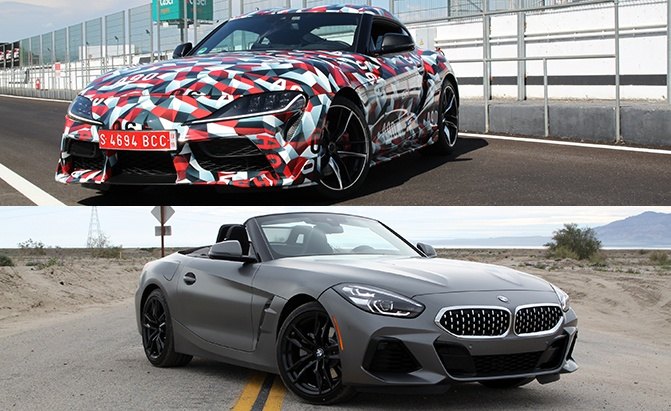






















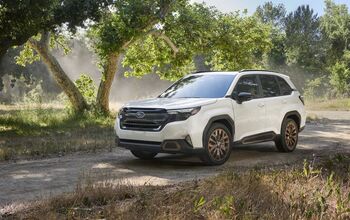

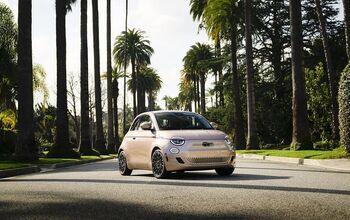



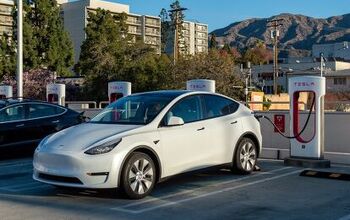

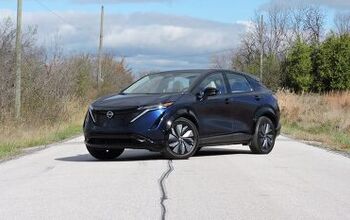
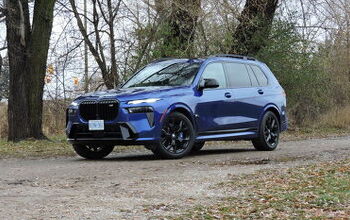


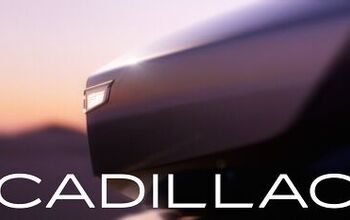
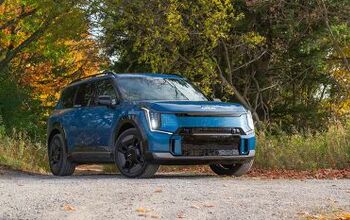
Comments
Join the conversation